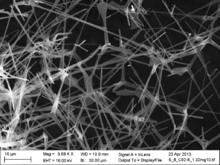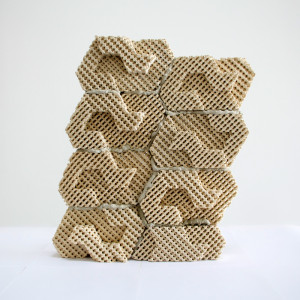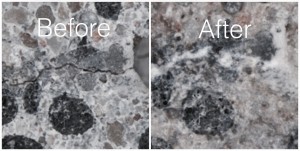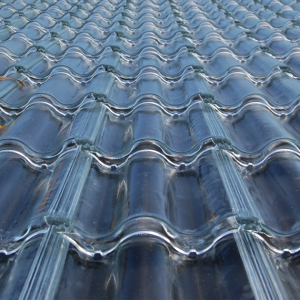The future is now when it comes to the latest technologies in construction.
As modern technology moves seemingly at the speed of light, there is always a new app, running system or gadget waiting to be discovered with the promise of making our lives easier and more efficient. The same rings true in construction and design as there is constant and new development of building and construction materials that have been invented with the same objective… To make life and building easier and more efficient.
Sometimes we can look to new technology for inspiration and other times we may just find that one new tool for which we have been waiting. You don’t have to travel in a time machine to gain a glimpse into the future of construction building materials. Here are some futuristic and advanced technologies that are buzzing in our industry:
3D cool bricks
We are well aware of the cooling properties of water, but adding them to bricks is something new. 3D Cool Bricks have been designed to cool rooms through the use of water. As a leader in the 3D printing industry, Emerging Objects developed porous ceramic “Cool Bricks” to lower the cost of cooling homes that are in hot and arid climates. Much like Legos, the cool bricks fit together to build a screen. Although the method of evaporative cooling is not new, providing a brick system for the process is certainly cutting-edge. Considering the predicted rise in cooling costs associated with global warming, cool bricks could prove to be a viable and affordable cooling solution in the future. Emerging Objects already has plans to use 3D printing technology to construct entire buildings – Sounds like 3D cooling homes may not be too far off in the distant future.

Example of inner structure of a ‘closed-graphitic-shell’ aerographite variant. (SEM image provided by TUHH and CAU), wikipedia
Aero-graphite
Developed by a team of researchers at the University of Kiel and the Technical University of Hamburg (Germany), aero-graphite is one of the lightest structural materials ever made. With a density of .00112 lbs/ft., this synthetic foam made from a network of tiny porous carbon tubes is 75 times lighter than styrofoam. In addition to being flexible, it is a strong and stable material that can withstand vibration and even conduct electricity. This product has various applications such as air and water purification systems, but the imagination is the limit when it comes to the possibilities for its use in building.
Self-Healing Concrete
As popular as concrete is as a building product, it is vulnerable to cracks. Dutch Researchers discovered a product to “remedy” this issue by developing a self-healing concrete. This groundbreaking, or rather ground repairing, technology can be useful in a multitude of applications, from road ways and sidewalks to building foundations and driveways. So how does it work? Self-healing concrete uses encapsulated bacteria and calcium lactate that dissolve when water enters the concrete cracks. The bacteria feeds on calcium lactate which then causes a chemical reaction resulting in limestone. The newly formed limestone then seals the cracks, and the concrete gains its original strength. Self-healing concrete has the potential for reducing both the frequency and cost of concrete repairs. Researchers are still conducting outdoor tests to see if the concrete can be put to real and everyday use.
Glass roof tiles
SolTech Energy (Sweden) has developed a unique home heating system contained within roof tiles constructed from ordinary transparent glass. The tiles weigh and look very similar in shape to terra cotta clay tiles. Aside from giving the home a unique look (think ice castle), glass roof tiles provide warmth to the building. The installation method has much to do with how they function. Tiles are installed with a black nylon canvas underneath it. Along with the dark color absorbing the heat, solar ray capturing devices are located under the tiles and connected to the existing heating or hot water system. The hot air begins to circulate and enters the heating system via an accumulator tank. Although it uses the sun’s heat, it is still functional on cloudy days and dark nights as it has the capacity to store heat in the layers of air existing beneath the canvas. The system can generate up to 350 kWH of heat per 10 square feet.
What do you think of “futuristic” building materials? Are you currently incorporating high-tech and eco-friendly materials in your building projects? As products and possibilities emerge in our industry, it is important to consider new technologies to determine their value in your current projects, as an add-on or for new clients to come.
HBW serves contractors and construction/design professionals in Alabama, Georgia, Texas, Florida, and Oklahoma. HBW offers the most current building trend and permitting activity reports, along with White Papers to assist in your marketing efforts. Contact us for a complimentary building data report or white paper today.




